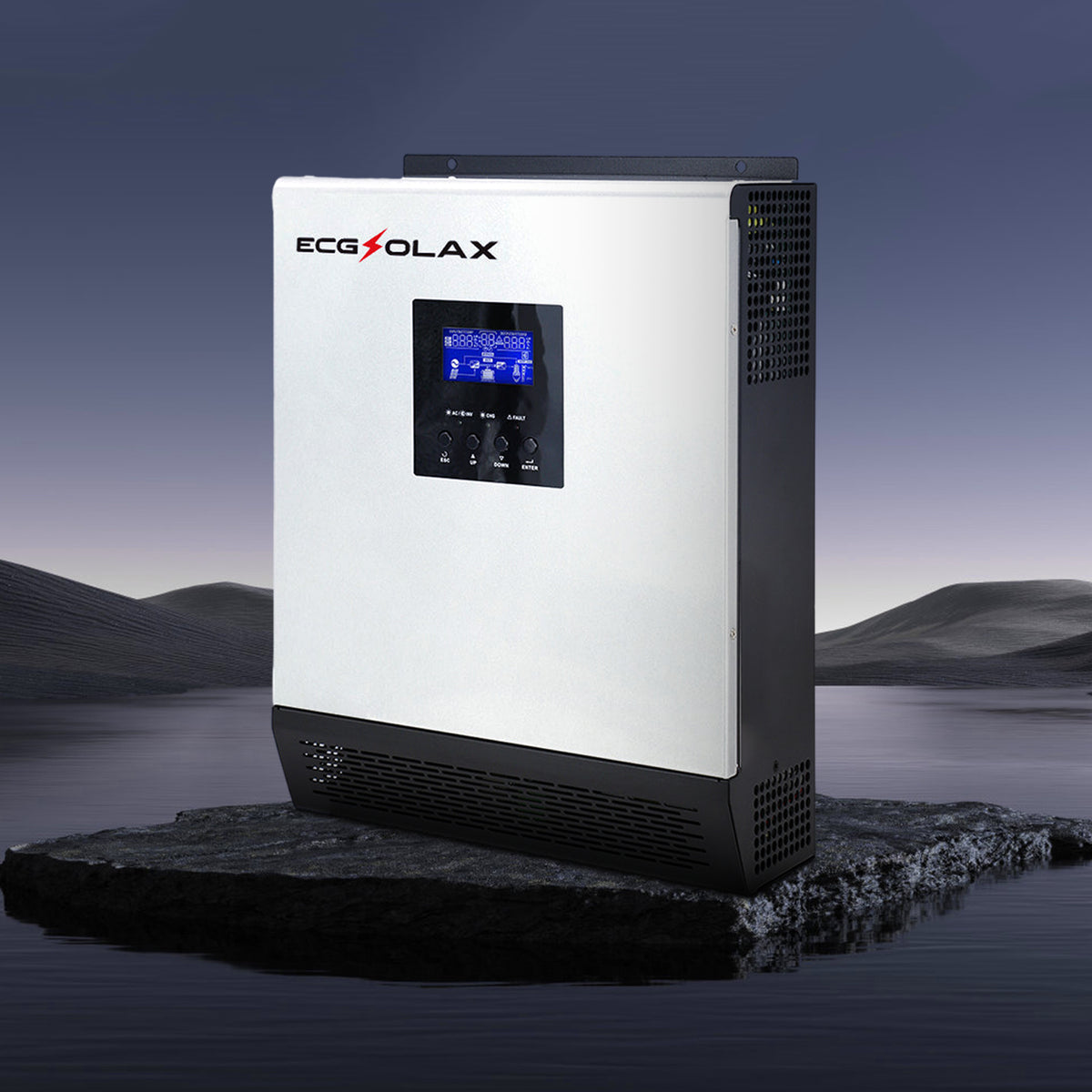
We deliver to areas all over the world.
24X7 hours tech support.
Flash sales for you every day, 20% off for your first order.
Expert offers you the most professional complete solar kits.
We deliver to areas all over the world.
24X7 hours tech support.
Flash sales for you every day, 20% off for your first order.
Expert offers you the most professional complete solar kits.